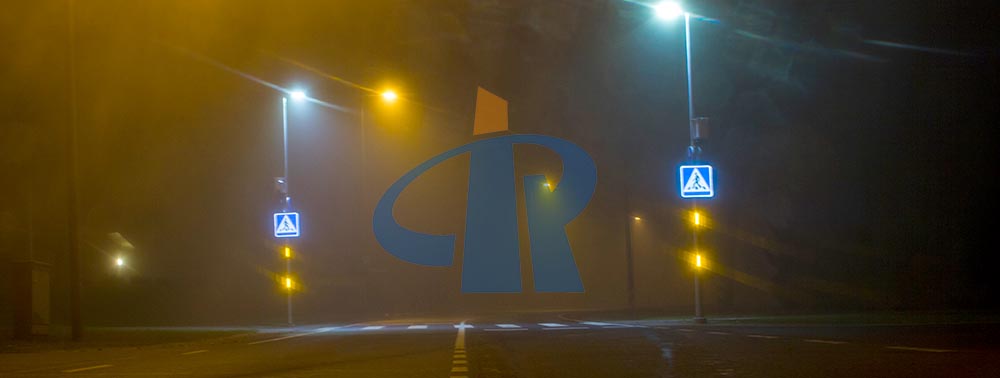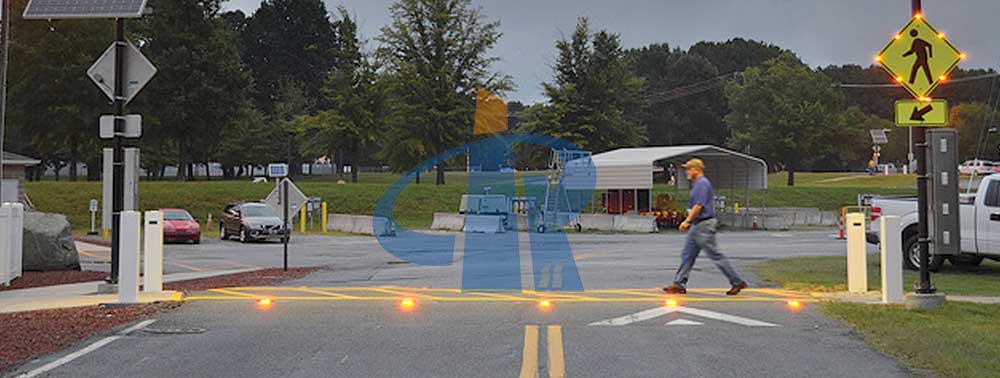New energy bus and charging network
Buses are the center of gravity in most urban public transportation systems. However, most of the city's buses are powered by diesel, the increasingly serious traffic congestion problem, and also aggravate the exhaust emissions, which directly lead to the problem of urban air pollution.
Electric buses are currently the most feasible solution, but their operating range is also limited by the power source.

In response to this situation, ABB has recently introduced a charging mode called OppCharge, which can charge the battery pack on Volvo Buses’ latest 7900 electric bus in six minutes, extending the bus route by up to 30 kilometers. When the bus approaches the mast, and the Wi-Fi connection is confirmed, the onboard control system automatically lowers the pantograph to the charging rail on the roof for charging. The Metroshuttle 2 electric bus of the Greater Manchester Transport Company is currently in trial operation of this charging mode. The whole route is 11.5 kilometers and the running time is about 45 minutes. Only one OppCharge is used for the whole journey, and it runs for 12 hours a day.
Volvo Buses has calculated that the noise cost of electric buses is 90% lower than that of diesel-powered buses. Noise reduction may also be one of the advantages of Tesla's electric truck for nighttime operation. Electric trucks can travel up to 800 kilometers without payload weight, and are 20 percent cheaper to run than diesel, the company says.
The transportation system of the smart Solar Studs city of the future needs to be smart at all times, 24/7, even as it is undergoing reconstruction work. One such example is Singapore's bus system, where the country's third-largest bus station is in need of a three-year redevelopment, during which a temporary transfer station was established in the Woodlands area to serve 400,000 passengers a day.

Although the temporary transfer point has only 10 fixed berths and 51 flexible berths, the operation efficiency is still very high. This relies heavily on Nedap's smart parking platform, which installs a large electronic display at the entrance to the transfer point to provide bus drivers with real-time information on vacant parking spaces and parking guidance. At the same time, the platform can monitor the queuing situation of vehicles in real time through the connection of cameras in the field, and feed the data back to the dispatcher to adjust the arrival time of the bus.
Future road transport will use a variety of fuel energy options, including diesel, gasoline, hydrogen, batteries, electricity, natural gas, etc. In rural areas, fossil fuels are likely to remain relevant for a long time, but urban Transportation tends to use the cleanest and most environmentally friendly solutions.
Under this trend, energy companies like Shell Group will be in trouble. Where will the fuel resources they provide be used? In this regard, Stuart Blyde, the future leader of connected vehicles, said, "There is no relationship between the two who replace the other. It will be a combination of energy and informatization. We will pay close attention to the market and product equipment manufacturers. We need to adjust our products in time.” Shell Group is currently developing and testing new transportation services, such as the Tap-Up service in the Netherlands, where the company sends vehicles to refuel vehicles that need to be refueled, improving user experience satisfaction.
The Canadian company TransPod said that it is currently exploring cooperation with London, the United Kingdom, and the German government and enterprises, and plans to build a network of 400 hydrogen filling stations. TransPod’s gas station and connected car program is designed to simplify the process of refueling vehicles through geolocation, which means drivers only need to enter their pump number and account password to have their fees automatically deducted. In addition to the increased speed, Stuart Blyde said the families interviewed were supportive of the plan because they didn't have to leave their children in the car to pay at the counter.

Looking forward to the future era of mobile sharing Solar Studs, Stuart Blyde believes that account flexibility is very important. Because the driver does not necessarily own the car himself, but may also be an employee of the car owner, most of the time, they are not willing to pay for fuel costs with the money in their own pockets. The EuroShell card launched by Shell Group has been used to pay for other goods and services, including fuel costs, tolls, etc., and will continue to expand to other information-based products in the future.
superpipe train
Intercity travel remains an important factor in the future of transportation. Canada is working on a high-speed corridor between Toronto and Windsor, where TransPod has launched a hyperloop project: the train consists of 27 people and 10-15-ton carriages and runs at speeds in excess of 1,200km/h. Once the project is in place, the journey from Toronto to Windsor will be completed in 45 minutes.
Such high-speed trains work best on longer intercity distances, but they hope to run in city centers as well. They plan to use the city's road network to develop various connection points, with trains running at intervals of 80s, which means that trains run up to 45 times an hour under this efficient transportation system, which is equivalent to transporting 14 million people a year.
The Ontario government has conducted cost assessments for hyperloop projects in Toronto and Windsor. The report pointed out that there are several indicators of the cost of building a "traditional" high-speed rail: a speed of 300km/h, or about $55,000,000/km; a speed of 250km/h, or about $43,000,000/km. The super-high-speed trains studied by TransPod have an estimated initial cost of about $23 million/km, including infrastructure services along the entire stretch.
The 4-meter-diameter steel pipe is placed on a 5-meter-high column every 25 meters, reducing the additional infrastructure cost of "traditional" high-speed rail. Unlike traditional high-speed railways, the design of pipeline trains is limited to a gradient of 3.5%, and the height of the pillars can also be adjusted according to actual needs, minimizing the basic cost. The existing road has both construction and maintenance functions. Along the pipeline, a substation is set every 5km, and four emergency exits are set every 1.2km, which are placed between the traffic lanes.
TransPod says the super-high-speed system has negative carbon emissions, and the solar panels on top of the pipes will generate more electricity than the trains consume within a year and eventually supply them to the utility.


